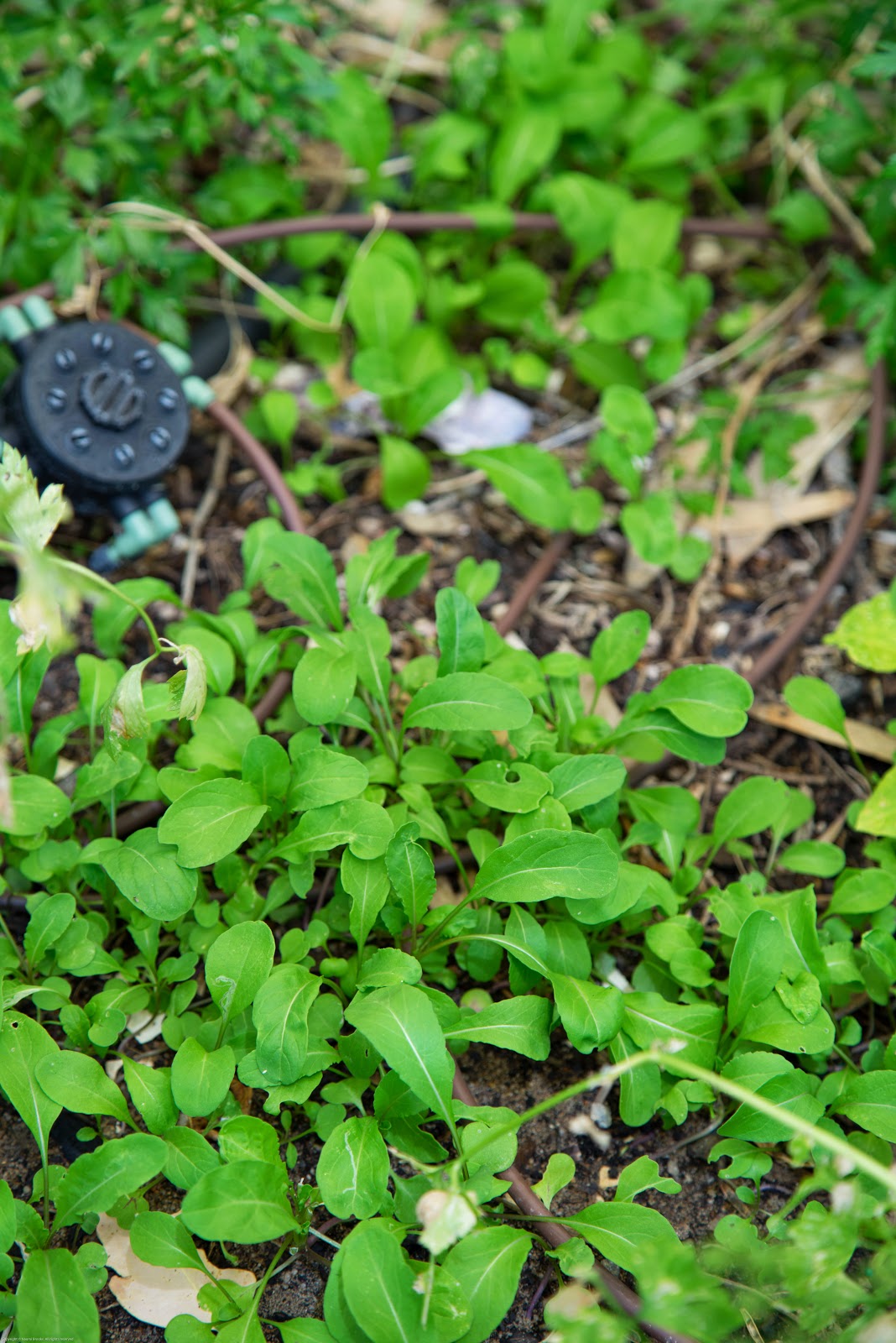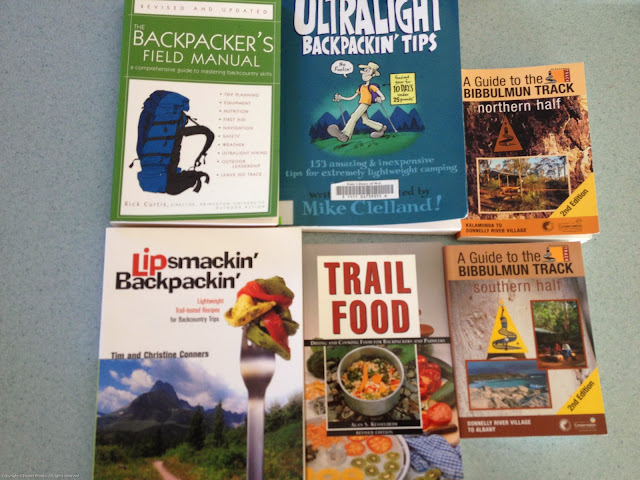After a wonderfully wet winter we are now well and truly into the drier months. Yeah I know lots of people don't have that same fondness for the wet stuff as we do here, but when it only rains a few days within a four month period and then there's no precipitation whatsoever (aside from maybe a thunderstorm or two in January) for a full eight months, you do tend to get happy when you see it. Especially if you're a gardener.
As I've said before, rainwater on the garden has special growth properties that can't be replicated, and as the clouds disappear, the winds start to blow and the sun starts getting pretty intensive, the plants bolt to seed and shuffle off their mortal coil. But this year I've collected lots of seeds.
Last year I just spread the lettuce seedheads all over the garden, which is why I had such a bumper crop this year. I've been a little less profligate this year, opting to collect and save seed and only sprinkle a few seeds around the garden in a more thoughtful manner. It's still pretty haphazard - I just can't get OCD with the vege patch, somehow it just won't let me.
 |
| well I may have been a bit happy with the rocket seeds |
The basil I planted in the top of the grapefruit pot has been growing really well, but I noticed that the southerly winds were drying and stressing them. So a little piece of shade cloth, a couple of cable ties and string, and I've made a windguard. Just made a big batch of pesto yesterday...
The new bean seedlings are also getting quite a walloping, with a fair bit of premature deaths and a few stragglers hanging in there.
I removed the styrofoam boxes and just infilled directly with soil. I'm yet to decide what to put in there.
Recently I purchased a new passionfruit vine, this one grown from seed and sourced locally from Julie's permaculture nursery. Ones grown from grafted root stock just die and the rootstock takes over, hopefully this one will be different. I've popped it in a different bed and given it copious amounts of compost to help it along. Cross fingers...
I popped a grapevine in the spot where the last passionfruit vine was (the one that lasted less than a year). I'm not sure whether that's a good idea, but so far so good...
My attempts at growing plants from seed have been a bit hit and miss this year. Mostly miss. The zucchini and cucumbers didn't make it, and almost all the tomato plants have carked it as well.
 |
| that out of focus stalk in the foreground used to be a tomato plant... |
The self seeded vines turned out to be rockmelons, that just rotted on the vine, however one fruited and is ready for eating. Tiny, but perfect size for one.
Of all my okra seedlings, only one is still hanging in there. One got accidentally trodden on when I was putting up the shade sails, another died when I forgot to water for 48 hours. Sigh...
One eggplant seedling is struggling along...
Jack's pumpkin plant died, RIP. I never had great faith in it from the start. For some reason that particular spot seems to be toxic to plants and everything I put there dies. Not that Jack knew that when he lovingly planted those seeds...
These are rocket seedlings, probably too hot now for them, but you can but try.
Not sure what these are, could be rockmelon, cucumber, watermelon or zucchini. I really do need to keep notes...
The dragon fruit has decided to flower again. That's it's second time this year. The day these photos were taken there were five flowers on the vine at once. Thrilled to think I'll be eating dragon fruit some time in January or February (bugger, I'm going to be away in Feb!).
I've heaps of papaya fruit, though all green so far. A couple have fallen down so I add them to a roast (tenderises the meat) or cook them up in a curry. Green papaya has little taste of its own so it tends to take on the flavour of the stock or sauce used. No point wasting it! I also enjoy a good green papaya salad from time to time (with lots of chilli of course), but am looking forward to eating some ripe ones. No idea how long that will take...
Having massacred the mulberry tree in the back yard it was time to plant a replacement. I took cuttings maybe 2 years ago and these have been growing into nice little plants. Only two are vigorous plants, the others are still a bit weedy, so I gave one away to a friend, and the other has now been planted where the lime used to be.
Ah yes, the lime. Well it just up and died didn't it. This soil really does kick you in the teeth on a regular basis, and just when you think you have your summer Mojito supply sorted, WHAM!! Dead lime tree. I've just recently bought another and am contemplating where to put it. I'm thinking it might be the first addition to the back yard garden. We'll see...
 |
| this died :( |
Guess what! I've got chooks! They are rescued hens from the local egg farm, missing lots of feathers and they have taken a while to get used to the freedom of free range. They aren't exactly producing many eggs yet, but I'm hoping with some nutrition, fresh water and a happy place to roam that will pick up. It took them 2 weeks to find and explore the nesting box and start laying, though not all of them have made their way in there yet. They are fairly friendly too, a couple of them follow me around and are fairly easy to catch and handle, though one of them is getting a hard time from the others. I just love watching their antics.
So that's it from me for 2014. The shade sails are all up but there's still lots of little jobs yet to do to try and keep what I've got alive through the next few months.
Have a Merry Xmas and safe holiday season y'all.














































